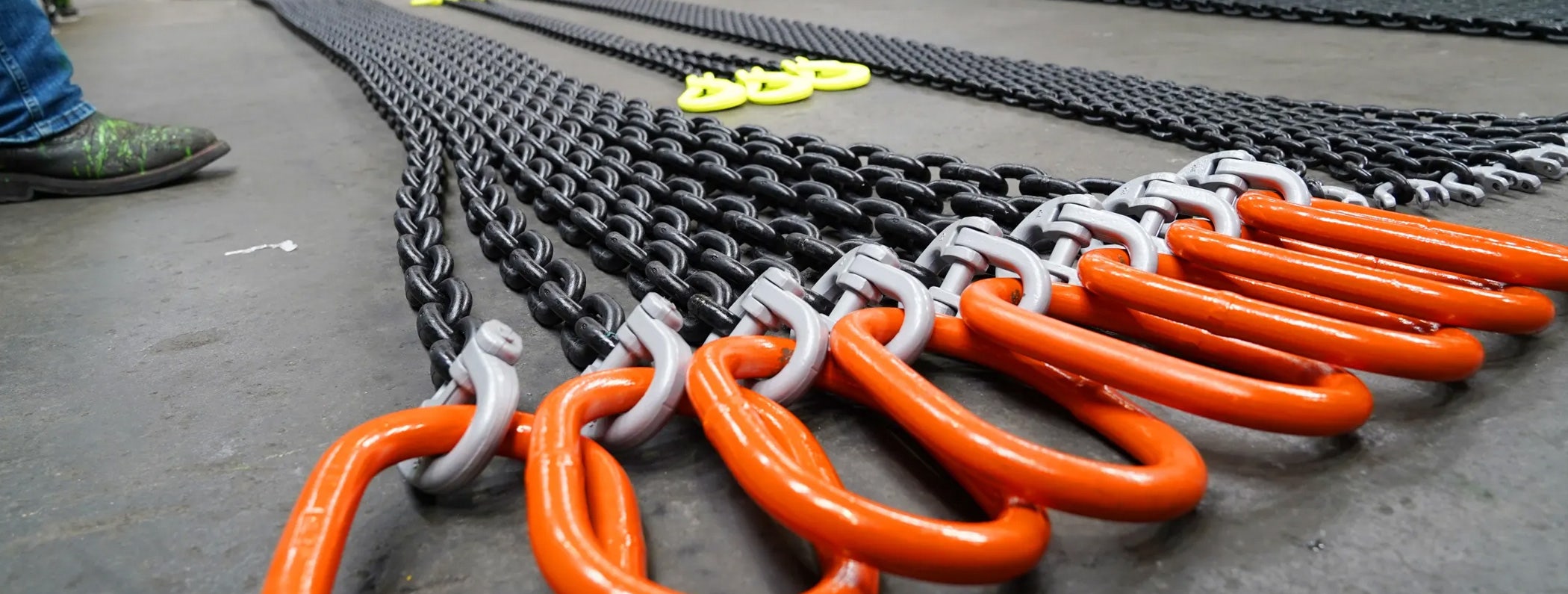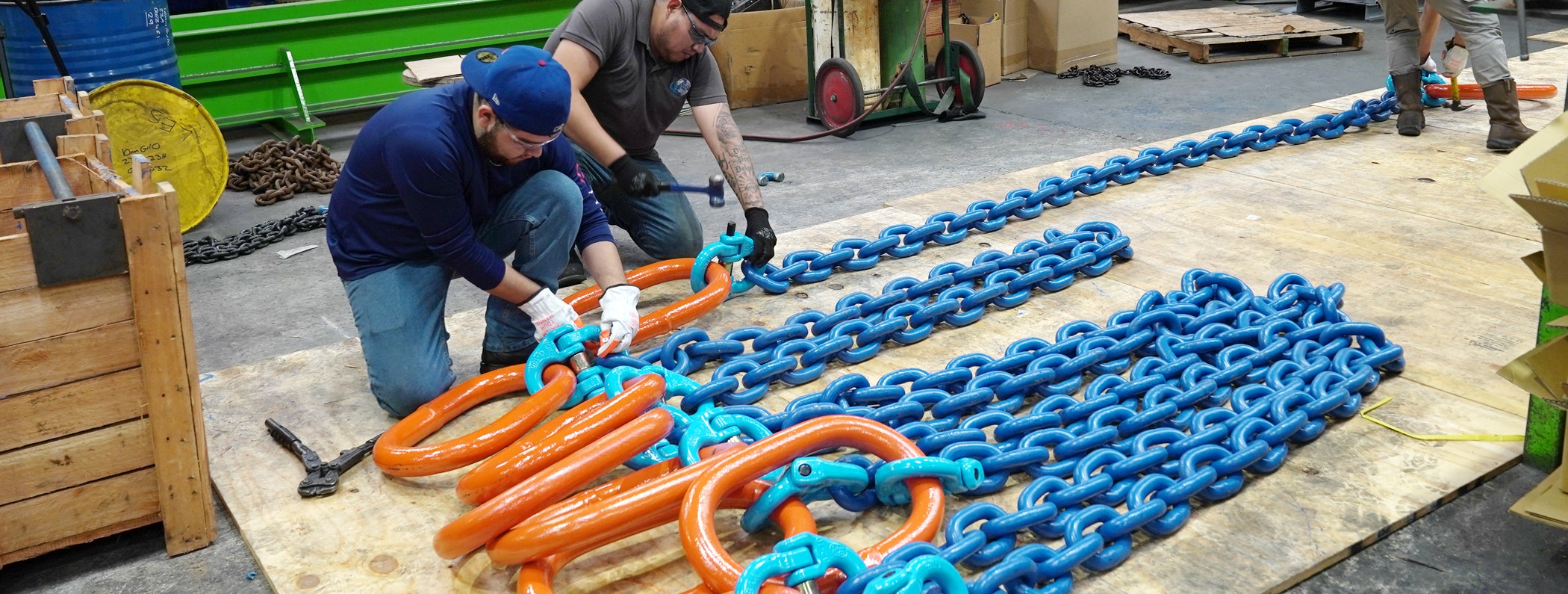7 Important Tips for Planning and Organizing Lifting Operations Safely
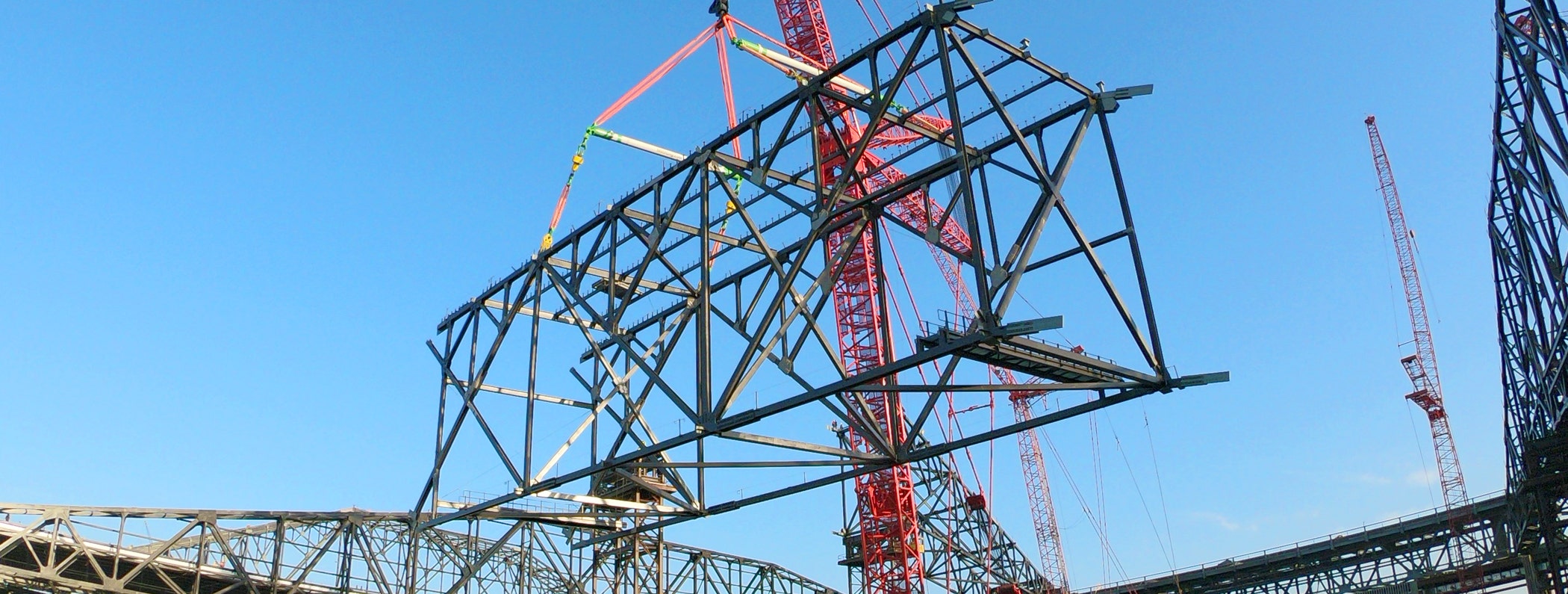
Lifting operations tend to carry considerable risk in terms of both, people and equipment. Further, if things go wrong, companies end up incurring significant costs. It, therefore, makes sense to plan and organize lifting operations in advance. This helps make sure that activities are executed in a safe manner.
It is always best to involve only those people who have the necessary skills and knowledge. They should be aware of how the work is to be performed and what lifting equipment should be used, along with the applicable laws.
This post will present a few tips for planning and organizing lifting operations in a safe manner. But before that, let’s get an overview of what lifting operations are and some of the equipment involved.
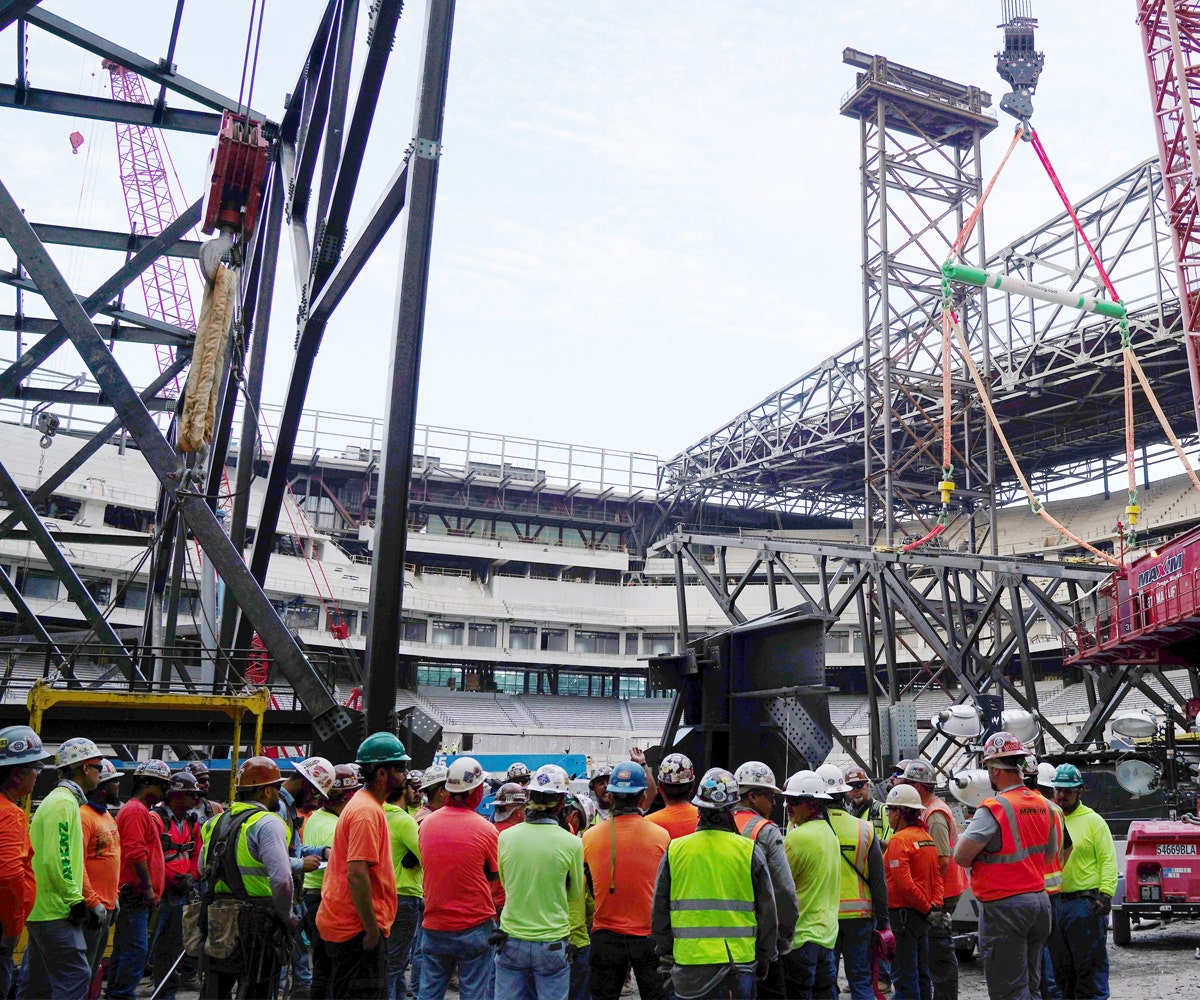
What Is a Lifting Operation?
A lifting operation refers to the lifting, moving, and lowering of a load. A load can be any item(s), material(s) or person(s). Industrial lifting operations involve transporting materials from the storage area to the processing plant.
Lifting operations can be performed manually or with the help of certain lifting equipment or machinery. The latter is used for lifting or lowering loads, including accessories and attachments used for anchoring, fixing or supporting the equipment.
Some common lifting equipment and accessories include:
- Hoist: Hoist is used for lifting or lowering a load with the help of a drum or lift-wheel, around which a rope or a chain is wrapped. It can use chain, fiber or wire rope as the lifting medium.Explore hoist products
- Crane: A crane is used to move loads horizontally. It can be equipped with a hoist rope, wire rope, and sheaves to lift or transport heavy loads.
- Hook: It is used for grabbing and lifting loads by attaching them to the lifting equipment, such as a crane or a hoist. A hook may come with a safety latch to prevent disengagement of the lifting wire rope sling or chain to which the load is attached. Some hooks, however, come without the latch.
- Sling: A lifting sling comprises cable, chain, rope or webbing, and is used with a lift or crane for lifting and balancing the load. Slings typically include metal slinging devices in the form of hooks,shackles, links or rings. They are labeled according to their type, working load limit (WLL), length of the sling leg, and slinging mode.
- Shackles: Shackles are used to connect the lifting equipment to the load to be lifted. The two main types of lifting shackles are “D” Shackles and bow shackles (also known as Omega shackles).
Hazards Associated with Lifting Operations
Performing lifting operations safely is crucial. Without proper precautions, several hazards can pose significant risks to human life and property.
- Load-related hazards, such as crushing due to the impact of moving loads falling from cranes or vehicles due to the usage of the wrong sling or even improper use of the right one
- Falling of the loads from lifting platforms or getting crushed due to the platform’s movement
- Risks from collapsing structures or moving vehicles due to improper fixation, or loads exceeding safety limits, falling from height, or improper use of machinery by personnel
- Bad working postures, repetitive work or force exertions leading to musculoskeletal hazards
- Unsafe work environment, such as poor ventilation and noise, that may interfere with communication between workers or hamper their focus
- Open overhead electrical cables that are easy to meet
Some of the above hazards may be the result of:
- Poor mechanical design, leading to malfunctioning components
- Poor workplace design or unkempt workplace
- Malfunctioning signaling system (manual, mechanical, electronic)
- Inaccurate judgment of lifting equipment capacity or misuse of equipment
- Insecurely attached loads
- Irregular lifting equipment inspection
- Poor lifting equipment maintenance
- Human error
Tips for Planning and Organizing Lifting Operations
1. Have It All in Writing
While crane operators and slingers can plan their routine lifting operations themselves, complex work mandates a written plan devised by a person with the necessary competencies. This person should have received adequate education and training and have developed the skills and expertise required by the task.
In fact, depending on the circumstances, complex lifting operations might have to be planned each time before they’re carried out.
Further, common lifting operations may need a generic plan, which should ideally be made a part of the regular overall risk assessment for the activity. It is crucial that this plan is reviewed at regular intervals to help that it remains relevant.
Overall, the plan should address safe lifting procedures and foreseeable risks, while identifying the right resources and people for the job. Some of the factors to cover under the plan include visibility, attaching/removing/securing loads, location, proximity hazards, overload, pre-use inspection, and so on.
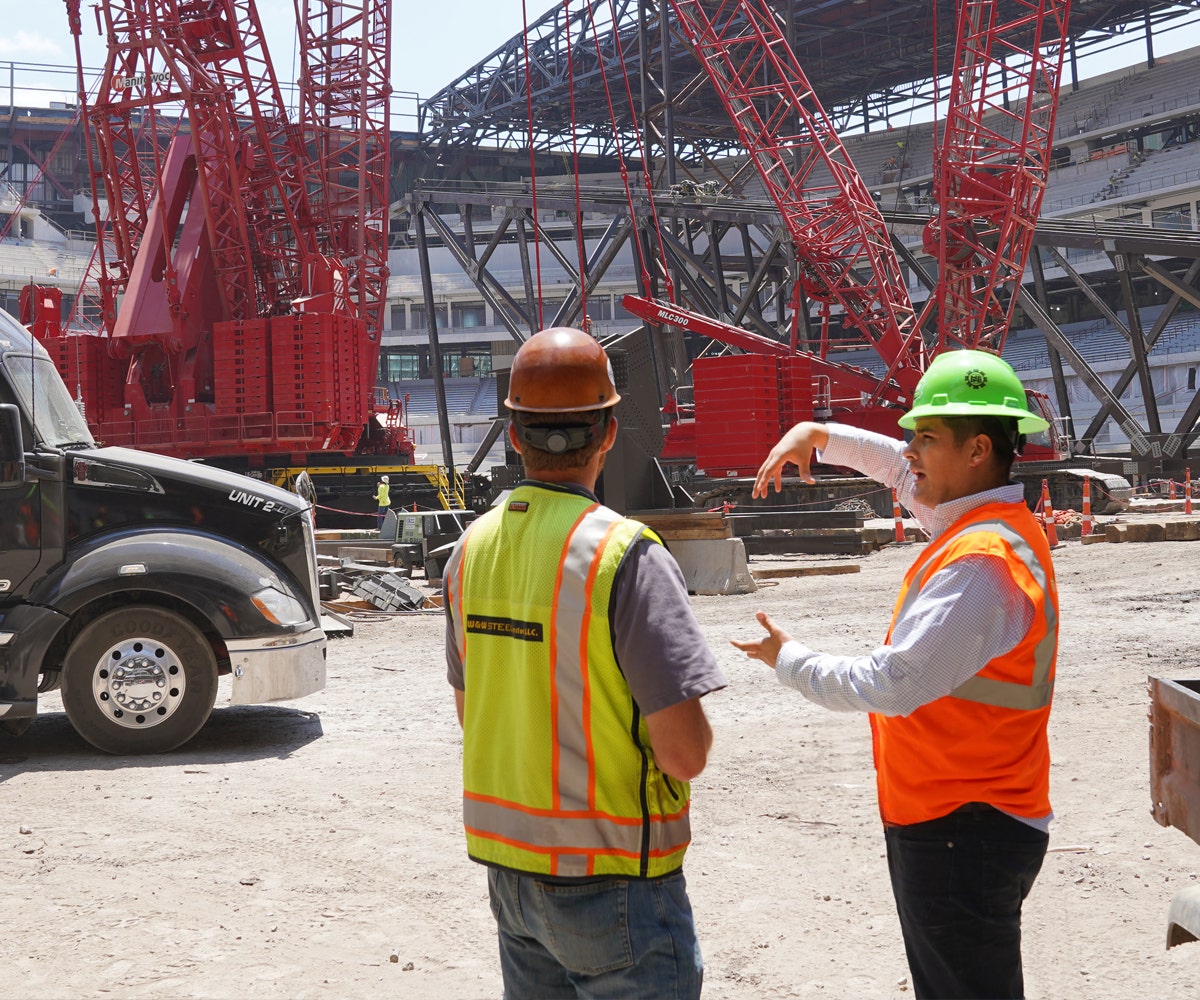
The plan should also mention the actions involved at each step of the lifting operation along with the responsibilities of the people in charge of them.
2. Use Equipment with Adequate Strength for Intended Purpose
You should confirm that the lifting equipmentcapacity is sufficient for its intended purpose. It is important to remember that the lifting equipment and accessories will likely be subjected to a variety of forces. They should, therefore, be strong and stable enough to withstand them and provide safety against all probable risks.
As far as lifting people is involved, the level of safety needs to be higher. The lifting equipment of your choice should be invulnerable to any potential failures, such as wear, fatigue or fracture.
3. Ensure Proper Positioning and Installation
The position of the lifting equipment or the location of the installations can have a huge impact on the risks involved in a lifting operation. Care should be taken to avoid hazards related to the equipment’s proximity to certain structures, such as overhead electric cables, trenches, excavations, and underground drains and sewers, among others.
It is important to take all necessary measures that enable people to avoid being hit by any load or equipment. The position of the equipment should be such that lifting heavy loads over people can be avoided.
The risk of load drift, i.e., the swinging or spinning of the load, should also be mitigated. It should also be confirmed that the load doesn’t fall freely or isn’t released unintentionally at any point in time.
Moreover, access points for people should be secured with fortified gates or barriers to prevent personnel from falling into a shaft or hoist way.
4. Avoid Working underneath Suspended Loads
As far as possible, avoid suspending loads over areas that witness any sort of human movement to avoid lifting accidents. In areas where it cannot be avoided, facilitate the necessary precautions to minimize and even eliminate risks.
Areas where heavy loads are suspended for long periods of time should be declared as danger zones, and access to them should be restricted.
5. Prepare for Equipment Failure
If the lifting equipment is misused, overloaded or damaged, chances are that it will fail to do its job. To rule out such a possibility, your lifting operations plan should be specific about which equipment to use with detailed instructions on how it should inspected for damage before each use.
The plan should also clearly state that if the equipment of choice is damaged or unavailable, any alternative equipment may be used only after the approval of the competent authority who planned the lift. Further, regular lifting equipment maintenance must be made mandatory.
6. Be Ready for Environmental Disturbances
Often, weather forecasts turn out to be wrong. But being prepared to mitigate the unanticipated climatic conditions will help make sure safety as lifting operations commence or continue.
For instance, the wind speed can suddenly increase, causing suspended loads to become unstable. Moreover, heavy rain can impact the weight of the load, ground conditions, and visibility.
In such cases, it is best that a competent person is engaged to reassess the risks involved in the lifting operations.
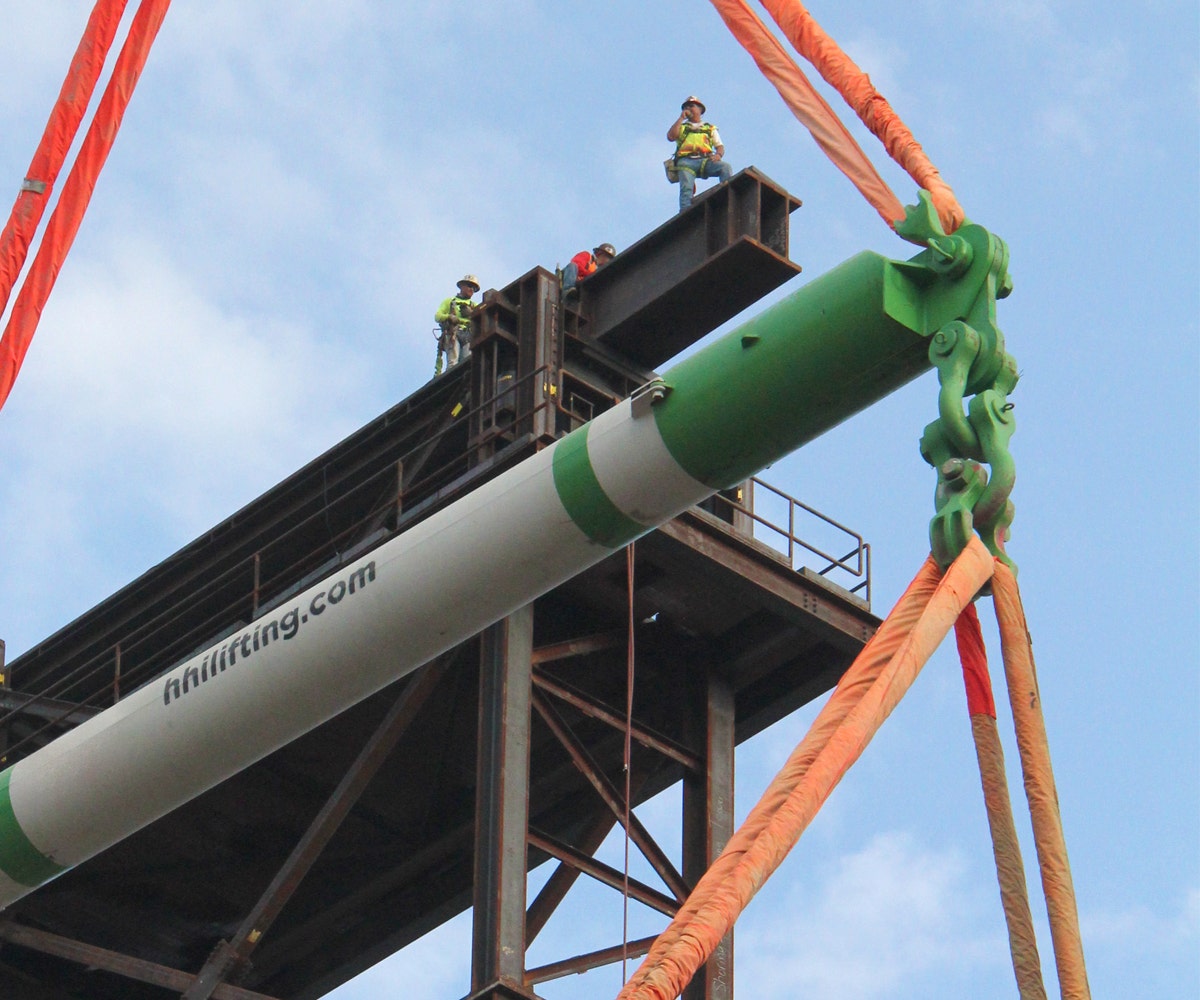
7. Facilitate Competent Supervision
Supervision will need to be facilitated depending on the level of the risk as well as the experience and skills of the person involved in the lift.
Most routine lifting operations do not require constant supervision, but it may be necessary in lifts that are particularly risky to people and equipment, such as lifting unusual loads or crossing a public road.
Employers need to facilitate regular supervision by a competent person, who will monitor the workers performing lifting operations to verify that tasks are being executed with utmost safety.
Conclusion
While lifting operations do carry risks, it is possible to control and primarily manage them. Make sure lifting operation safety helps protect workers as well as costly lifting equipment, which is why planning and organizing for it is imperative. Hopefully, the above tips will help you in enabling safe lifting operations at your site.
If you are looking for industrial lifting equipment, Holloway can help. We offer a wide range of rigging and lifting hardware for clients across industries. Feel free to reach out to us or check out our online store today!












